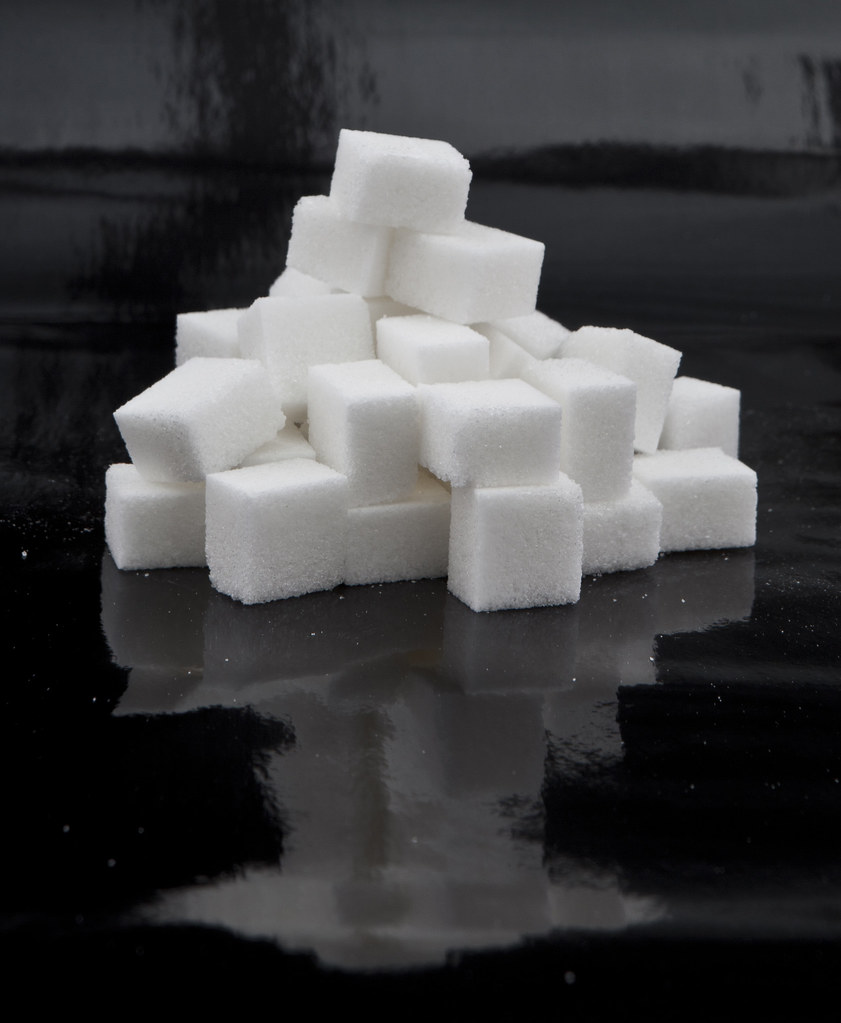
When striving for a healthier lifestyle, cutting back on sugar is often a top priority. Most of us consciously avoid obvious culprits like cookies, cakes, and sodas. However, the reality of sugar in our modern diet is far more intricate. Added sugars are pervasive, often hiding in foods marketed as “healthy” or savory, making them surprising sugar bombs that can inadvertently sabotage our wellness efforts.
The Centers for Disease Control and Prevention (CDC) clearly states, “When most people think of sugar, they think of sweet treats like candy, ice cream, or baked goods. But sugar can be hiding in many everyday foods without you knowing it.” This insidious presence means that even diligent efforts to reduce sugar intake can be undermined by seemingly innocent choices. For those managing diabetes or prediabetes, it’s particularly vital to “know what’s in your food and how it might affect your blood sugar,” underscoring the necessity of vigilant label reading.
As a registered dietitian, my role is to empower you with knowledge about these hidden sources. Many foods we perceive as wholesome are actually loaded with sugar, contributing to weight gain, insulin resistance, and various other health issues. These concealed sugars can significantly lead to exceeding the American Heart Association’s daily sugar recommendations. Understanding where these sugars lurk is the crucial first step toward reclaiming your health. Let’s uncover the initial seven surprising culprits that might be lurking in your pantry.

1. **Low-Fat Yogurt**Many health-conscious individuals instinctively choose low-fat yogurt, believing it to be a smart, gut-friendly option packed with probiotics. Yet, this seemingly virtuous snack frequently conceals a substantial amount of added sugar. This sugar is deliberately included to compensate for the flavor and texture lost when fat is removed, turning a healthy intention into a dietary misstep. The USMC MCCS explicitly warns, “Like oatmeal, flavored yogurt can be full of hidden sugars, especially the ‘fruit-on-the-bottom’ varieties, which can contain as much sugar as a candy bar.”
Some low-fat yogurts can contain over 45 grams of sugar per serving. This quantity dramatically exceeds daily sugar recommendations in just one cup, equating to the sugar content of an indulgent dessert. Consuming such high quantities of sugar, particularly early in the day, often leads to rapid blood sugar spikes, followed by energy crashes. This cycle can undermine dietary goals and contribute to metabolic stress.
To avoid this sugar trap, always rigorously read the nutrition label before buying. Focus on the “Added Sugars” section. A far better option, as recommended by USMC MCCS, is “full fat unsweetened Greek yogurt.” You can then personalize it with your own fresh fruit, a sprinkle of cinnamon, or a few nuts, ensuring complete control over your sugar intake for a genuinely healthy snack.
Read more about: Listen Up: 14 Critical Signs Your Body Is Quietly Signaling Nutrient Deficiencies
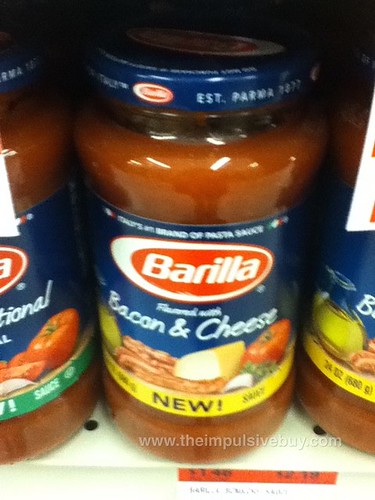
2. **Jarred Pasta Sauce**Pasta sauce is a staple in countless kitchens, forming the foundation for quick and comforting meals. However, it’s a surprising fact that many store-bought tomato sauces are unexpectedly high in added sugar. Manufacturers often incorporate sugar, and other sweeteners, to expertly balance the inherent acidity of tomatoes, thereby enhancing the flavor profile and broadening consumer appeal. Madelyn Fernstrom, PhD, reveals this practice: “Adding sugar to tomato-based sauces serves as a flavor balancer.”
Fernstrom notes a significant variance: “brands vary in amount added from as little as 3 grams (almost a teaspoon) to 12 grams (3 teaspoons) for a half cup serving.” This means a seemingly innocent half-cup portion could contain as much hidden sugar as a dessert cookie, swiftly impacting your daily sugar allowance. The subtle, continuous consumption of these hidden sugars can contribute to excessive sugar intake over time, leading to potential health issues such as weight gain and an increased risk of type 2 diabetes.
As Fernstrom advises, the only reliable method to check sugar content is by “reading the label.” Prioritize brands explicitly stating “no added sugar” or those avoiding sweeteners in their ingredient lists. Alternatively, making your own tomato sauce from scratch empowers you to manage every ingredient. This ensures you enjoy rich, flavorful sauces without any hidden sugar surprises.
Read more about: Dinner Dilemmas SOLVED! 15 Easy 15-Minute Meals for Your Craziest 2025 Nights (Seriously, We’re Obsessed!)
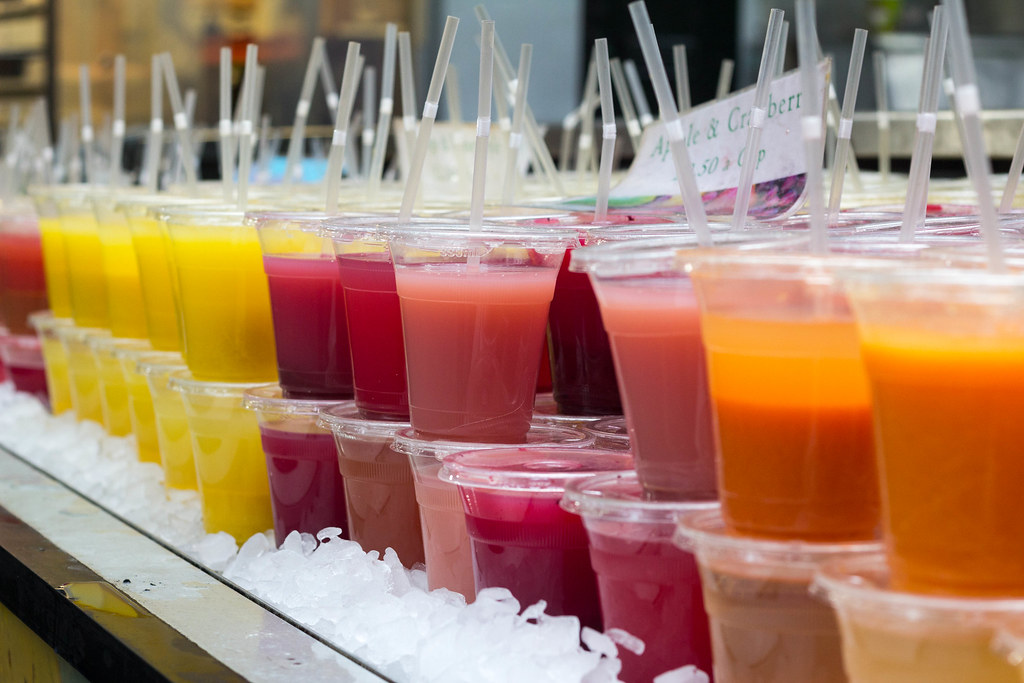
3. **Fruit Juice**Fruit juice, despite its healthy image, harbors a surprisingly high amount of sugar, even when labeled “100% juice.” The convenience and perceived vitamin content often overshadow the critical fact that it can be just as sugary, or more so, than many sodas. This creates a significant misconception about its true health value. Dietitian Cara Rosenbloom informed the Heart and Stroke Foundation of Canada: “All fruit juice — whether it’s apple, orange, grape or a fancy blend such as peach-mango-blueberry — is high in sugar.”
Rosenbloom highlights a stark comparison: “An eight-ounce serving of juice and cola both contain about 30 grams of sugar on average — that’s almost eight teaspoons.” This unequivocally positions fruit juice as a substantial, often underestimated contributor to excessive daily sugar intake. While fruit juice provides some beneficial vitamins, it critically lacks the vital dietary fiber found in whole fruits.
This absence of fiber means the natural sugars are absorbed far more rapidly into the bloodstream, leading to swift and pronounced spikes in blood sugar levels. Such rapid fluctuations can place undue stress on the body’s metabolic system. For better health, consuming whole fruits offers multiple advantages: fiber slows sugar absorption, promotes greater satiety, and provides more sustained energy. Prioritize water or unsweetened teas, and enjoy whole fruits without the hidden sugar overload.
Read more about: The ’80s Mystery: 14 Candy Bars That Vanished From Convenience Stores
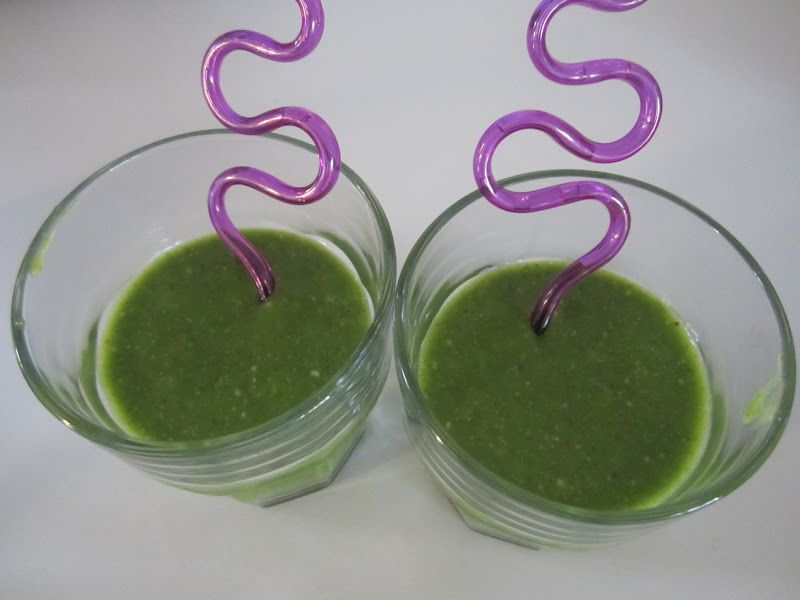
4. **Smoothies**Smoothies are widely seen as symbols of health, marketed as quick ways to consume fruits and vegetables. However, many “healthy” smoothies, especially pre-packaged or commercially prepared varieties, can shockingly turn into major sugar bombs. Their sugar content depends heavily on ingredients and preparation, making them a deceptive choice for those monitoring sugar. The British Heart Foundation clarifies: “If you blend fruit, the natural sugars are released from within the cell walls of the fruit and become ‘free sugars’.”
This distinction is vital because “free sugars” encompass all added sugars, like honey and maple syrup. These are the sugars health organizations advise reducing for dental health and weight management. Even with additions like spinach or kale, many commercial smoothies remain alarmingly high in total sugar. Packaged smoothies often contain substantial added sugars, artificial flavors, and preservatives to enhance taste and extend shelf life, sometimes rivaling the sugar content of a standard can of soda.
To ensure your smoothie is genuinely wholesome, the most effective approach is to prepare it at home. This empowers you to control every ingredient. Opt for a generous blend of whole fruits, nutrient-dense vegetables like spinach, and unsweetened liquids. By customizing your smoothie, you transform it from a potential sugar trap into a powerhouse of personalized nutrition, avoiding hidden sugars.
Read more about: Empowering Your Plate: 14 Dietary Strategies to Significantly Lower Your Cancer Risk
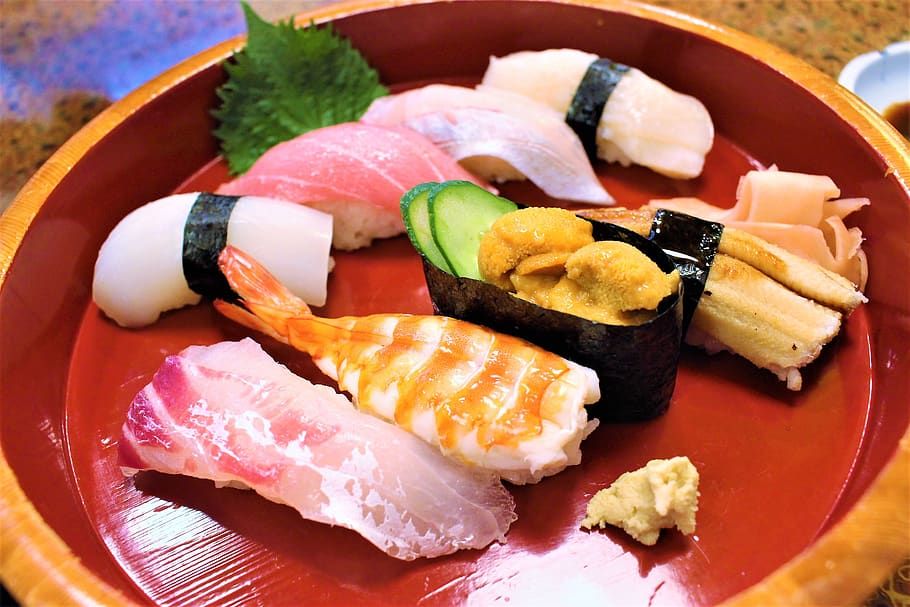
5. **Sushi**For many, sushi represents a light, healthy, and sophisticated meal, praised for fresh ingredients and lean protein. Yet, for individuals monitoring blood sugar, traditional sushi can present an unexpected challenge due to hidden sugar content. The seemingly innocent rice, a fundamental base in most preparations, often harbors a significant portion of this concealed sugar. Constance Brown-Riggs, MSEd, RDN, CDCES, CDN, clarifies: traditional sushi rice “is prepared with vinegar, salt, and often added sugar.”
This meticulous seasoning process, while crucial for sushi’s characteristic subtle sweetness and sticky consistency, inadvertently transforms a simple carbohydrate source into a surprising contributor of added sugar. The cumulative effect of these sugars, though small per piece, can quickly accumulate within a typical meal. This means sushi, despite its healthy reputation, can lead to noticeable spikes in blood glucose, especially for those with diabetes or prediabetes.
Moreover, many popular sushi rolls incorporate sweet sauces and dressings like glazes, spicy mayo, or teriyaki. These commonly contain significant amounts of added sugars, further increasing the meal’s total sugar load. To make healthier choices, opt for rolls with minimal sauces, prioritize sashimi or simpler nigiri, or request brown rice prepared without sugar, significantly reducing sugar intake.
Read more about: The Ever-Evolving Bob: A New York Times Style Guide to Its Enduring Appeal and Latest Interpretations

6. **Breakfast Cereals**The breakfast cereal aisle is filled with marketing claims: “fortified,” “whole grain,” or “protein.” However, as Madelyn Fernstrom wisely cautions, these words are often “unrelated to sugar” content, which can be shockingly high even in cereals perceived as “healthy.” This deceptive branding makes selecting a genuinely low-sugar cereal a challenging task. “Here’s where reading the nutrition label – on the back – is essential,” Fernstrom emphasizes.
Fernstrom advises, “Avoid cereals with the word ‘frosted’,” a clear indicator of high sugar. Many breakfast cereals, even adult-oriented or wholesome options like bran or oat-based varieties, can contain more than 10 grams of sugar per single cup serving. This transforms your morning meal into an unexpected sugar bomb. While children’s cereals are notorious offenders, many adult options also slyly incorporate substantial added sugar.
The Centers for Disease Control and Prevention (CDC) suggests consumers look for options with “10–12 grams or less of sugar per serving.” This provides a tangible benchmark for making healthier choices. To genuinely support your health goals, prioritize plain, unsweetened whole-grain cereal varieties. After choosing a low-sugar base, naturally enhance its flavor and sweetness by adding fresh fruit, ensuring your breakfast supports your objectives without hidden sugar overload.
Read more about: 14 Science-Backed Ways to Boost Your Mental Well-being: A Healthline Guide
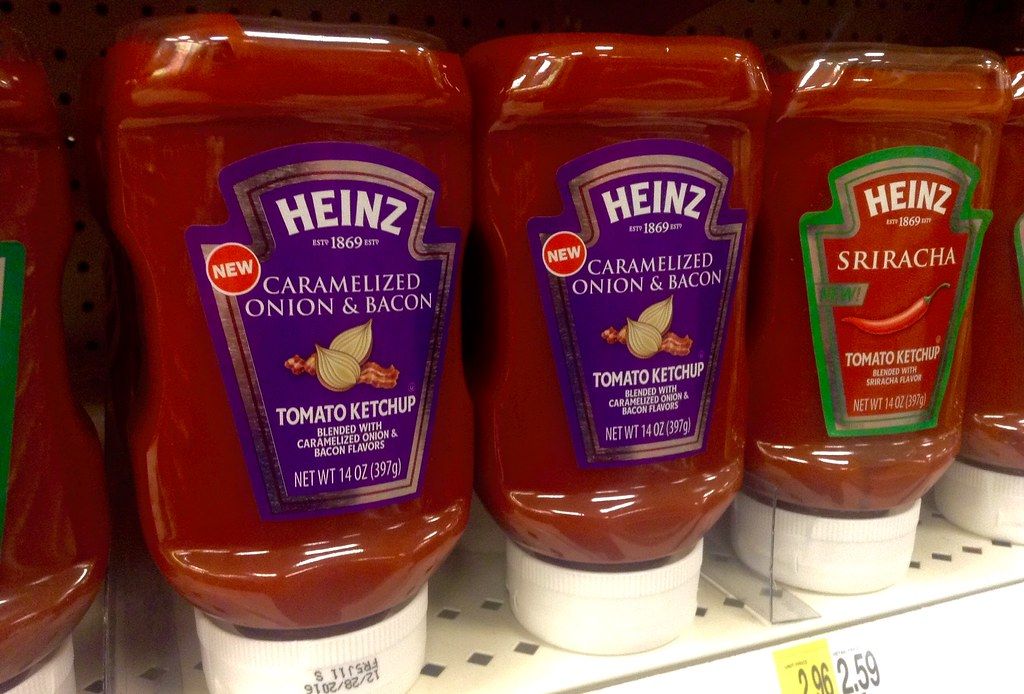
7. **Ketchup**Ketchup is a beloved and ubiquitous condiment, serving as a companion to countless dishes. Its distinct sweet and tangy flavor is so ingrained that many rarely scrutinize its actual sugar content. Yet, this seemingly innocent sauce is, in fact, a significant and frequently overlooked source of added sugar within the average daily diet. Nutritionist Mary Sabat highlights this: “Ketchup is a popular condiment, but it often contains high amounts of added sugar.”
Sabat warns that “The excess sugar can lead to weight gain as the body stores the unused sugar as fat.” A single tablespoon of ketchup can contain approximately 4 grams, roughly one teaspoon, of sugar. St Luke’s Health corroborates this concern, confirming “Ketchup tends to have about 4 grams (or about one teaspoon) of sugar per tablespoon.” Given its generous use, these individual grams quickly accumulate, making ketchup a silent but potent contributor to overall caloric intake.
To effectively reduce sugar intake from condiments, consciously limit your portion sizes. Actively explore and opt for readily available sugar-free or low-sugar alternatives, which are increasingly common. Another excellent strategy is to experiment with crafting your own homemade condiment recipes, affording you complete control over ingredients and ensuring a healthier, sugar-conscious culinary experience.
Navigating the modern food landscape requires a keen eye and an informed perspective, especially when it comes to added sugars. The journey doesn’t end with avoiding the usual suspects; many more items lurk, ready to contribute to your daily sugar intake without you even realizing it. Unveiling these next seven common food items where sugar often hides is crucial for truly understanding your diet and making choices that genuinely support your well-being. Let’s continue to empower ourselves with knowledge and practical strategies to identify and reduce these hidden sugars.
Read more about: Cooking Up Stardom: A Deep Dive into 15 Best-Selling Celebrity Cookbooks You Need in Your Kitchen
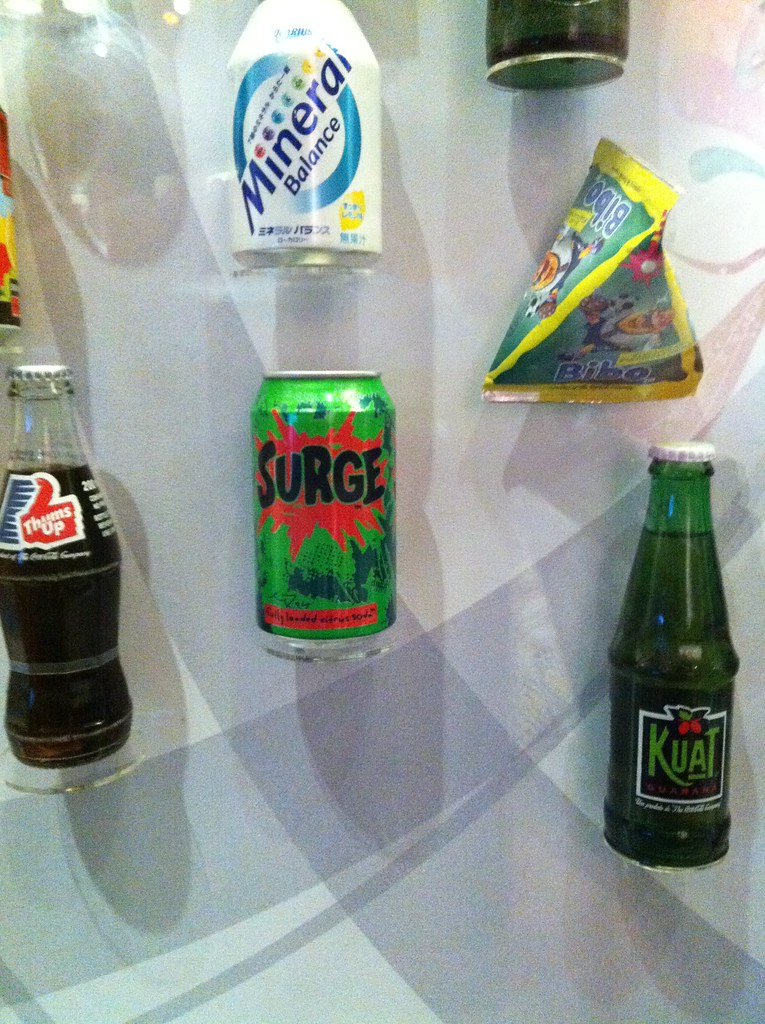
8. **Soda**While many people are aware that soda contains sugar, the sheer quantity can still be shocking, and the health implications are far-reaching. These sugar-sweetened carbonated beverages are a primary contributor to excessive sugar intake in many diets, often consumed casually without full consideration of their impact. Erin Gager, RD, LDN, of Johns Hopkins Health, points out a crucial finding: “A study conducted at the Johns Hopkins Bloomberg School of Public Health and Johns Hopkins University School of Medicine found that drinking high levels of sugar-sweetened carbonated beverages was associated with a higher risk of coronary artery disease in adults without a history of cardiovascular disease, cancer or diabetes.”
The danger lies in the rapid absorption of liquid sugars. Unlike solid foods, which require digestion, the sugars in soda are quickly absorbed into the bloodstream, leading to significant spikes in blood glucose. This places a considerable burden on the pancreas to produce insulin, and over time, this consistent strain can contribute to insulin resistance and an increased risk of type 2 diabetes. Furthermore, the sheer caloric load from these beverages often goes unnoticed, making them a silent contributor to weight gain and obesity.
Many people may underestimate the sugar content, assuming a single serving is negligible. However, even a regular-sized can of soda can contain 30-40 grams of sugar, equivalent to 7-10 teaspoons. This single serving can push you well over the American Heart Association’s daily sugar recommendations for both men and women, often before you’ve even had a meal.
To effectively reduce your intake, prioritize unsweetened alternatives like water, sparkling water with a squeeze of lemon or lime, or unsweetened iced tea. These choices provide hydration without the hidden sugar overload, supporting your health goals and reducing your risk of chronic diseases linked to high sugar consumption.
Read more about: The ’80s Mystery: 14 Candy Bars That Vanished From Convenience Stores
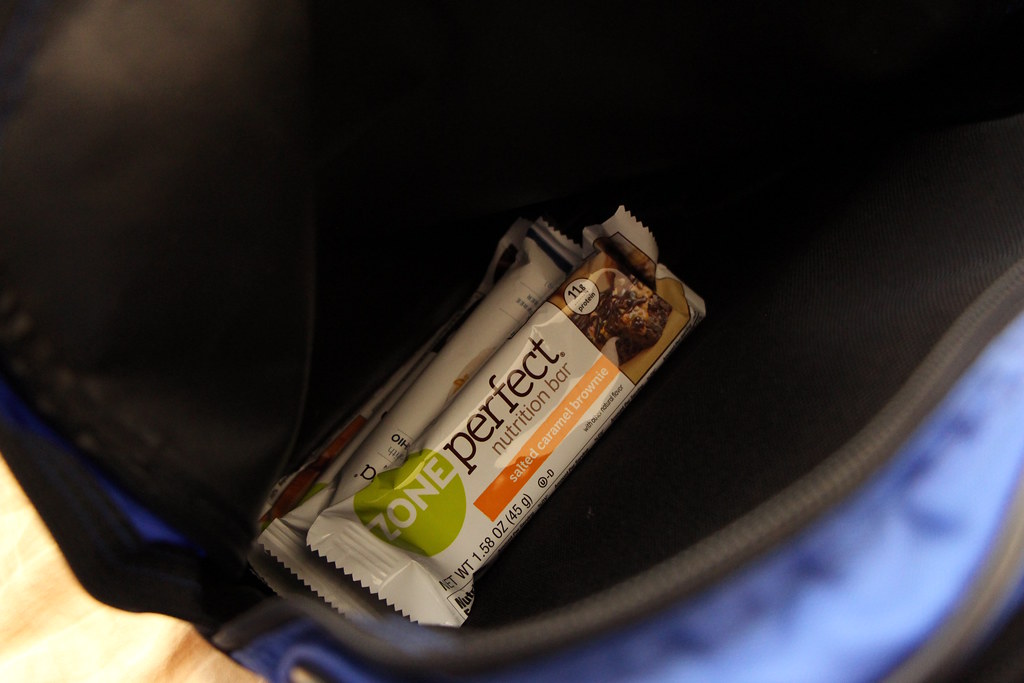
9. **Protein Bars**Protein bars are often heralded as the ultimate convenient snack for fitness enthusiasts and busy individuals, promising muscle support and sustained energy. Yet, beneath their healthy façade, many of these bars are surprisingly high in added sugars, designed to make them more palatable and enhance their texture. The Centers for Disease Control and Prevention (CDC) cautions that “These foods can be a good way to add protein to your diet, but some of them could have high amounts of added sugars.”
The added sugars in protein bars often come in various forms, including syrups, artificial sweeteners, and even hidden sugars like high-fructose corn syrup, brown rice syrup, or cane sugar. These ingredients can turn what appears to be a wholesome, protein-rich snack into a glorified candy bar, diminishing its nutritional value. Catherine Gervacio, a registered dietitian, emphasizes, “Many granola bars contain high amounts of refined sugars, syrups, and additives to enhance flavor and shelf life.”
Consuming these sugar-laden protein bars can lead to undesirable effects such as blood sugar spikes, followed by energy crashes, which defeat the purpose of a sustained energy snack. Over time, regular consumption of such bars can contribute to weight gain and an increased risk of developing metabolic issues, despite their protein content.
When selecting a protein bar, vigilant label reading is paramount. The CDC advises consumers to “Look for options that have more grams of protein than sugar.” Furthermore, prioritize bars with whole food ingredients, minimal additives, and a transparent sugar profile. Alternatively, opt for whole, unprocessed protein sources like nuts, seeds, hard-boiled eggs, or Greek yogurt for a truly healthy and sugar-conscious snack.
Read more about: The ’80s Mystery: 14 Candy Bars That Vanished From Convenience Stores

10. **Plant-Based Dairy (Milk Alternatives)**Plant-based dairy alternatives, such as almond milk, oat milk, or soy milk, have soared in popularity as dietary choices for those avoiding dairy or seeking diverse nutritional options. However, their perceived health halo can be misleading, as many flavored varieties are surprisingly high in added sugars. The CDC notes, “Dairy products contain naturally occurring sugars, but some dairy or nondairy milk may be sweetened with added sugars.”
While plain, unsweetened versions of these milks are excellent choices, manufacturers frequently introduce considerable amounts of sugar to enhance flavor, particularly in popular vanilla, chocolate, or strawberry varieties. This practice transforms what could be a wholesome beverage into a significant source of hidden sugars. Meggie Connelly MS, RD, LDN, highlights this, stating, “a lot of flavored almond milk is sweetened with a lot of added sugars, which makes a healthy beverage something you need to consider having more in moderation.”
These added sugars can quickly accumulate throughout the day, especially if you use flavored plant-based milk in your coffee, cereal, or smoothies. This continuous, subtle intake of hidden sugars can lead to exceeding daily sugar recommendations, contributing to weight gain and blood sugar imbalances without the consumer realizing it.
To make a truly healthy choice, always opt for the “unsweetened” versions of plant-based milks. This ensures you’re getting the nutritional benefits without the unnecessary sugar load. You can always add natural flavorings at home, such as a dash of vanilla extract, cinnamon, or a small amount of fresh fruit, giving you complete control over the sweetness.
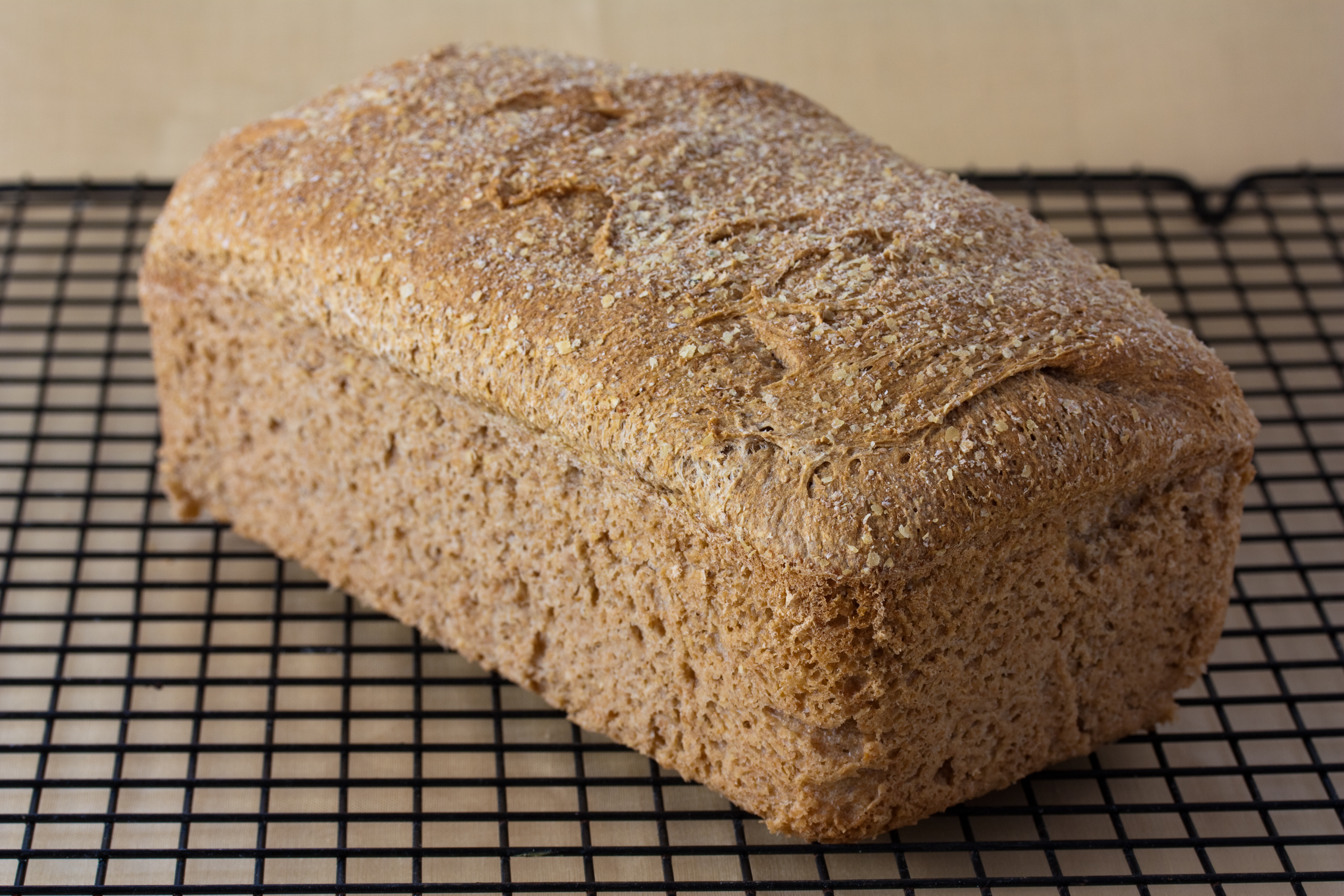
11. **Wheat Bread**Often chosen as a healthier alternative to white bread, wheat bread carries a virtuous image due to its whole-grain association. However, this perception can be deceptive, as many commercially produced wheat and even multigrain breads contain significant amounts of added sugar. As the USMC MCCS explicitly states, “Wheat bread is often touted as a healthier alternative, but many brands contain just as much sugar as white bread.”
Manufacturers frequently incorporate sugar not only to enhance the flavor but also to improve the texture, browning, and shelf life of the bread. This means that a staple food often consumed multiple times a day can silently contribute to your daily sugar intake. The sugar, though seemingly small per slice, accumulates quickly in sandwiches, toast, or alongside meals.
These added sugars, often listed as high-fructose corn syrup, molasses, or honey, can negate the fiber benefits of whole grains by contributing to blood sugar spikes. For individuals monitoring their blood sugar, this can be a particular concern, as even a seemingly healthy bread choice can impact their glucose levels unexpectedly.
To ensure your bread choice genuinely supports your health, rigorous label reading is non-negotiable. The USMC MCCS advises consumers to “Read the label thoroughly, even when buying whole grain, and make sure the ingredients don’t include enriched flours.” Prioritize breads that list whole grains as the first ingredient and have minimal to no added sugars, ensuring your daily bread contributes healthy carbohydrates without hidden sweetness.
Read more about: Transform Your Plate, Transform Your Life: 15 Essential Dietary Shifts for a Healthier You This Month
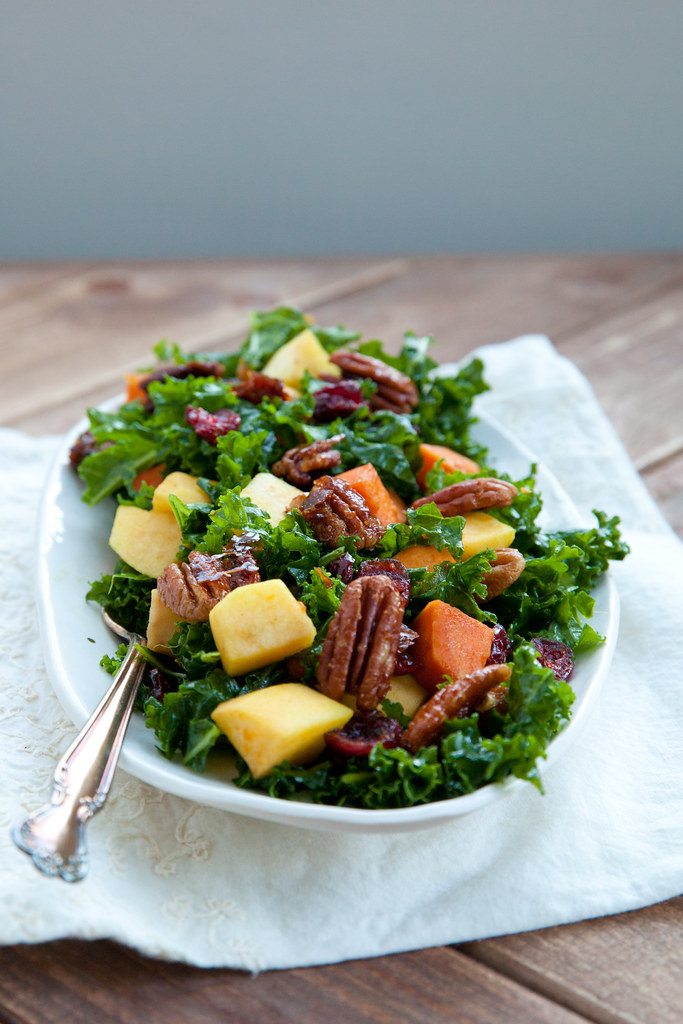
12. **Salad Dressing**Salads are widely recognized as cornerstones of a healthy diet, brimming with fresh vegetables and nutrient density. Yet, a seemingly innocent addition – store-bought salad dressing – can transform a wholesome meal into a surprising source of hidden sugars. As St Luke’s Health aptly puts it, “While salad is typically a healthy meal, if you’re using store-bought dressings, you may be consuming your veggies with a bit of sugar.”
Many popular dressings, particularly sweet or creamy varieties like honey mustard, French, or even some Italian vinaigrettes, are laden with added sugars. Manufacturers use these sugars to balance acidity, enhance flavor, and improve texture, often without the consumer realizing the substantial sugar content. St Luke’s Health provides specific examples: “Italian salad dressings and vinaigrettes have about 3 grams of sugar per serving size, honey mustard dressings contain around 7 grams, and Catalina dressings have about 8 grams of sugar.”
The issue is compounded by portion sizes. The recommended serving size for most dressings is typically two tablespoons, but people often use significantly more. This means that a seemingly small amount of sugar per serving can quickly multiply, adding considerable hidden sugars and calories to your otherwise healthy salad, sabotaging your dietary efforts.
To make your salad genuinely healthy, always check the nutrition labels on store-bought dressings, focusing on the “Added Sugars” section. A superior strategy is to craft your own dressings at home using a simple blend of olive oil, vinegar (like apple cider or balsamic), herbs, and spices. This approach gives you complete control over ingredients, allowing you to enjoy flavorful salads without the hidden sugar burden.
Read more about: Beyond the Banquet: Unpacking the ‘Succession’ Cast’s Real Food & Style Habits, and the Roys’ Power Plays with Palates
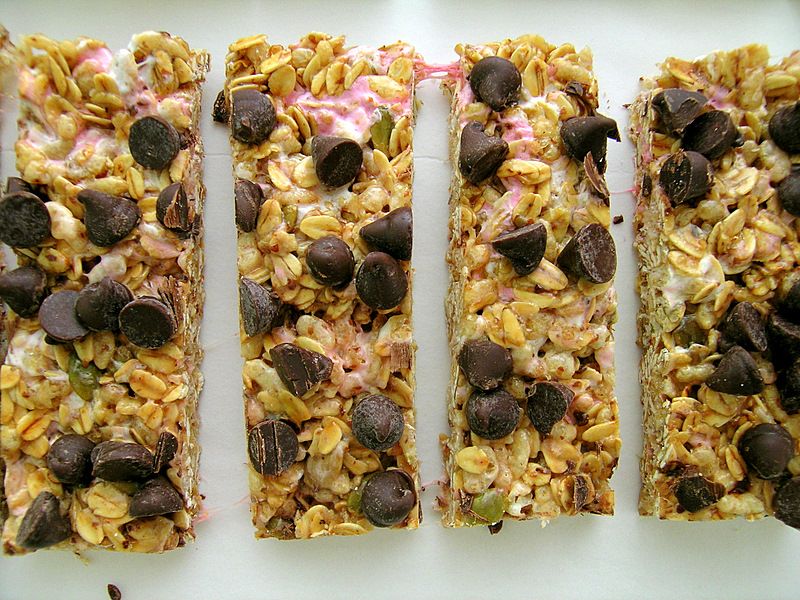
13. **Granola Bars**Granola bars, often positioned as a healthy and convenient snack option, are another prime example of foods that can deceptively pack a significant amount of hidden sugar. Despite their wholesome image, many varieties are far from the nutritious powerhouses they claim to be, often rivaling candy bars in sugar content. As Erin Gager, RD, LDN, of Johns Hopkins Health, advises regarding similar products, “Granola and granola bars can be heavy sources of added sugars, so check their labels.”
These bars frequently contain a blend of refined carbohydrates, various forms of sugar—such as high-fructose corn syrup, brown sugar, honey, or agave—and sometimes artificial flavors and preservatives. This combination is designed to make them taste appealing and extend their shelf life, masking the fact that they are essentially glorified desserts rather than a beneficial snack. Catherine Gervacio, a registered dietitian, cautions that “many granola bars contain high amounts of refined sugars, syrups, and additives to enhance flavor and shelf life.”
Consuming granola bars with high levels of added sugars can lead to rapid blood sugar spikes, followed by subsequent energy crashes, leaving you feeling less energized than before. This metabolic rollercoaster can undermine weight management efforts and contribute to long-term health issues if consumed regularly.
The key to navigating the granola bar aisle is a thorough inspection of the nutrition label. Gervacio recommends vigilance, advising consumers to “Be careful and always check the nutrient label and the ingredients list for hidden sugars.” Prioritize bars with minimal added sugars, whole food ingredients like nuts, seeds, and dried fruit (without added sugar), or consider making your own homemade granola bars to have complete control over the ingredients and sweetness.
Read more about: The ’80s Mystery: 14 Candy Bars That Vanished From Convenience Stores

14. **Sports Drinks**Sports drinks are strategically marketed as essential for athletes and active individuals to replenish electrolytes and rehydrate after intense physical activity. However, for most casual exercisers or those consuming them outside of strenuous workouts, these beverages are simply another significant source of hidden sugars. The CDC includes “sports drinks” among bottled drinks that “can have surprising amounts of added sugars.”
These drinks typically contain high levels of refined sugars, often glucose, fructose, or high-fructose corn syrup, to provide a quick energy boost. While this can be beneficial for endurance athletes during prolonged, intense exercise, for the average person, it amounts to unnecessary sugar intake. Gervacio highlights this, noting that sports drinks “typically contain high amounts of added sugars, artificial colors, and flavors, which can contribute to tooth decay, weight gain, and insulin resistance if consumed excessively.”
The rapid consumption of these sugary drinks can lead to quick spikes in blood sugar, similar to soda, and contribute to exceeding daily sugar recommendations. The artificial colors and flavors often included in these beverages also add to their diminished nutritional value, further solidifying their status as a sugar bomb.
For effective and healthy hydration, especially if you’re not engaging in high-intensity, prolonged exercise, the best choice remains water. The CDC suggests looking for “unsweetened alternatives, like water, sparkling flavored water, and unsweetened coffee or tea.” If electrolytes are genuinely needed due to significant sweating, consider options like coconut water or electrolyte-enhanced water without the added sugars.
Read more about: Beyond the Banquet: Unpacking the ‘Succession’ Cast’s Real Food & Style Habits, and the Roys’ Power Plays with Palates
Understanding where hidden sugars lurk in our food supply is truly empowering. From seemingly healthy low-fat yogurts to convenient sports drinks, sugar has a way of finding its way into our daily diet through unexpected avenues. By cultivating a habit of scrutinizing nutrition labels, prioritizing whole and unprocessed foods, and opting for unsweetened versions wherever possible, you gain invaluable control over your health. These small, consistent changes are not just about cutting calories; they are about fostering a deeper awareness of what nourishes your body, paving the way for sustained energy, better weight management, and a significantly reduced risk of chronic diseases. Taking charge of your sugar intake is one of the most impactful steps you can take toward a healthier, more vibrant you.



